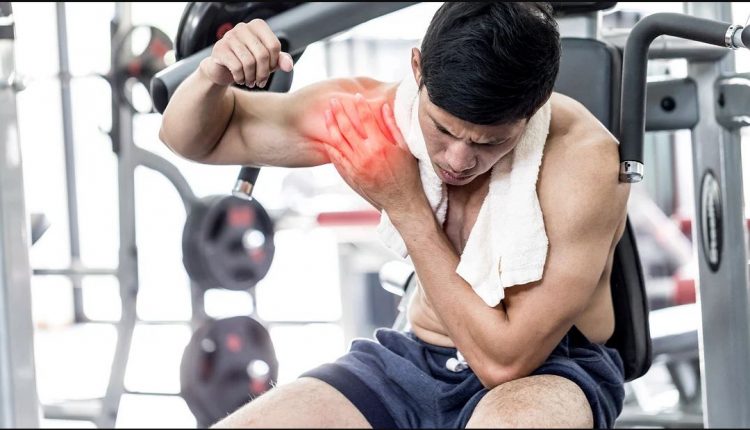
How to Deal with Inflammation after a Workout
If you exercise regularly, you’re probably aware of the difference between “good” and “bad” sores. When your triceps ache from doing a few more reps of weightlifting the day before or your glutes burn from running hills, it’s usually a warning from your body to your brain that your muscles are recovering from a solid workout. However, if you begin to feel discomfort or intense pain in joints such as your knees, wrists, or ankles, it could be an indication of unwelcome inflammation. Mild kinds of exercise-induced inflammation are frequently associated with muscle soreness and joint pain after a workout. Inflammation can be debilitating, hamper your recovery, and even prevent you from making progress in your training. Continue reading for ways to help deal with inflammation after a workout.
Increase Hydration
By guaranteeing a better balance of fluids and a faster removal rate of inflammatory triggers in the body, staying adequately hydrated can help minimize the consequences of inflammation. Each person need a different amount of water each day. The “eight glasses” guideline isn’t particularly useful. A better rule of thumb is to consume half of your body weight in ounces (e.g. If you weigh 180 pounds, you would drink 90 ounces of water). Maintain a consistent intake of water throughout the day, but make sure to drink fluids when exercising as well.
Ice Down
Athletes are probably all too familiar with the terrifying relief of an ice bath, which is frequently suggested by trainers after a strained physical injury that would otherwise keep them out of competition. Many fitness enthusiasts, however, are unaware that an ice bath program can be beneficial to anyone outside of a sports clinic. A conventional ice bath involves submerging someone in frigid water for 10 to 20 minutes, depending on their level of experience; however, the water isn’t actually freezing. According to a 2010 scientific article, the optimal temperature for ice baths is between 50 and 59 degrees Fahrenheit, which will surely feel like ice… without creating any further harm to your body.
Rest Days
It may seem self-evident, but rest days are essential for a variety of reasons, including reducing inflammation. Even if you truly want to push through, it’s crucial not to return to activity too soon. If you’re in pain, you should try to recuperate as soon as possible. You’re keeping that body part inflamed if you continue to pursue [using the same muscles].
Massage
Massage therapy is a type of therapy that involves manipulating the soft tissues of the body in order to improve health and well-being. It is frequently conducted by experienced sports massage therapists. Massage treatment comes in a variety of forms, but the two most common are relaxation and rehabilitation.
Diet
The meal you eat after your workout is crucial. In addition to satisfying your hunger, it must replenish glycogen stores for future exercises, repair muscle damage, and replace fluids and electrolytes lost in sweat, which you do in the pool. An important part of your post-workout regimen is to eat a meal rich in anti-inflammatory foods to aid healing. Reducing inflammation after a swim workout allows your muscles to recover more quickly and eliminates the pain that can develop a few hours after a hard workout. You should eat a meal including Omega 3 fats, black beans, berrier or whole grain carbs – 30 to 60 minutes after you’ve cooled down to reduce inflammation.

